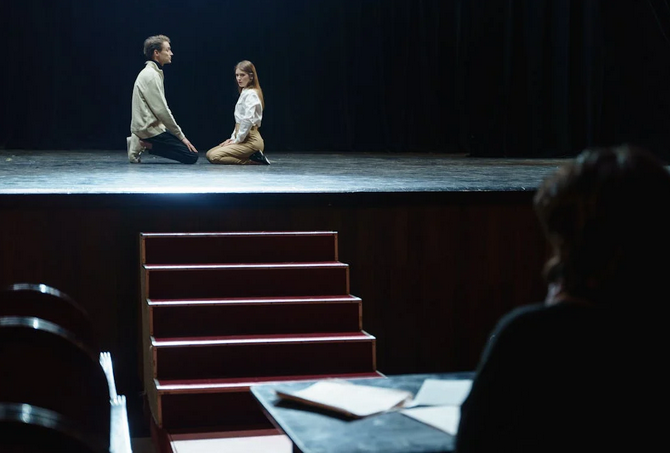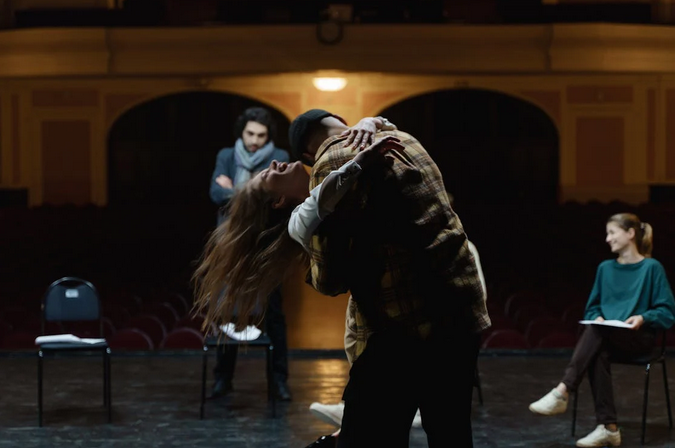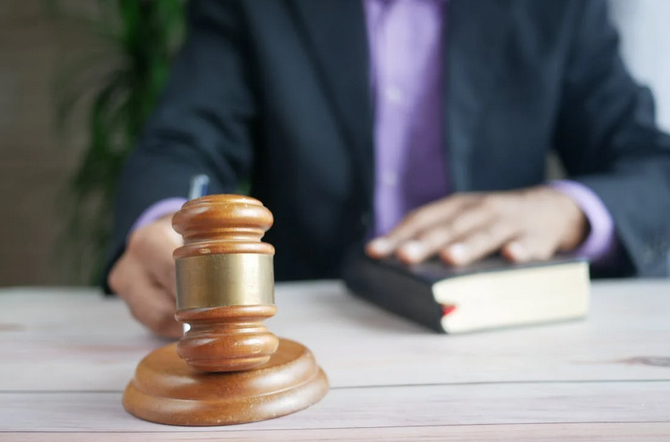
Movie-making is an art, but it’s also a complex legal puzzle. Navigating this labyrinth can be daunting for filmmakers, actors, and producers. Understanding the law in movie production is essential to protect creative work and ensure fair compensation. From securing the necessary rights for scripts and music to managing royalty agreements with cast members, every facet of film production requires careful attention to legal details. With so much at stake, it’s crucial to grasp these elements before stepping onto the set. Here is a look at the intricate world of legal aspects that govern filmmaking.
Rights
Behind all john wayne movies lies a web of rights, royalties, and releases that dictate how films are made and distributed. Among all, rights are the backbone of any film project. They define who holds power over creative content and how it can be used. When producing a movie, securing rights involves various aspects—script, story, music, and even character likenesses. Each element requires careful negotiation to avoid future disputes. Intellectual property law plays a crucial role here. Copyright protects original works from unauthorized use. Without proper clearance, filmmakers risk facing legal challenges that could derail production or lead to costly lawsuits. There’s also the importance of adaptation rights if you’re transforming literature into film. Obtaining these ensures respect for the source material while providing a clear pathway for creative exploration.

Royalties
Royalties are a crucial aspect of the film industry. They represent payment to creators for their work beyond initial compensation. It can include writers, directors, actors, and musicians. Typically calculated as a percentage of revenue generated from the movie, royalties ensure that those involved in production receive ongoing earnings. Distribution deals often dictate how these percentages are structured. Understanding royalty agreements is vital for filmmakers. Clear terms prevent disputes later on and help manage expectations among collaborators. Digital platforms have changed how royalties are collected and distributed. Streaming services introduce new models that challenge traditional methods but offer opportunities for fairer payouts.
Releases
Releases are crucial documents in the film industry. They establish permissions and rights for using an individual’s likeness, voice, or creative work. Without proper releases, filmmakers risk facing legal challenges. When actors join a project, they sign talent releases. These contracts outline how their performances will be used and any compensation involved. From on-screen appearances to promotional materials, clarity is key. Locations also require careful handling through location releases. Filmmakers must secure the rights to shoot on private property or public spaces. It protects against potential claims from property owners who may not want their space associated with certain narratives. Every release serves as a safeguard for creators and ensures that all parties understand their roles and responsibilities throughout the filmmaking process.
Navigating the world of film production involves much more than creativity and storytelling. The legal framework is a critical pillar that supports every aspect of this art form. Rights, royalties, and releases are not merely bureaucratic hurdles; they are essential components that protect creators and their work. The importance of proper legal processes cannot be overstated in movie-making. A well-structured approach reduces risks and enhances opportunities within this dynamic field. It allows storytellers to focus on what they do best—crafting compelling narratives that resonate with audiences around the globe.…





